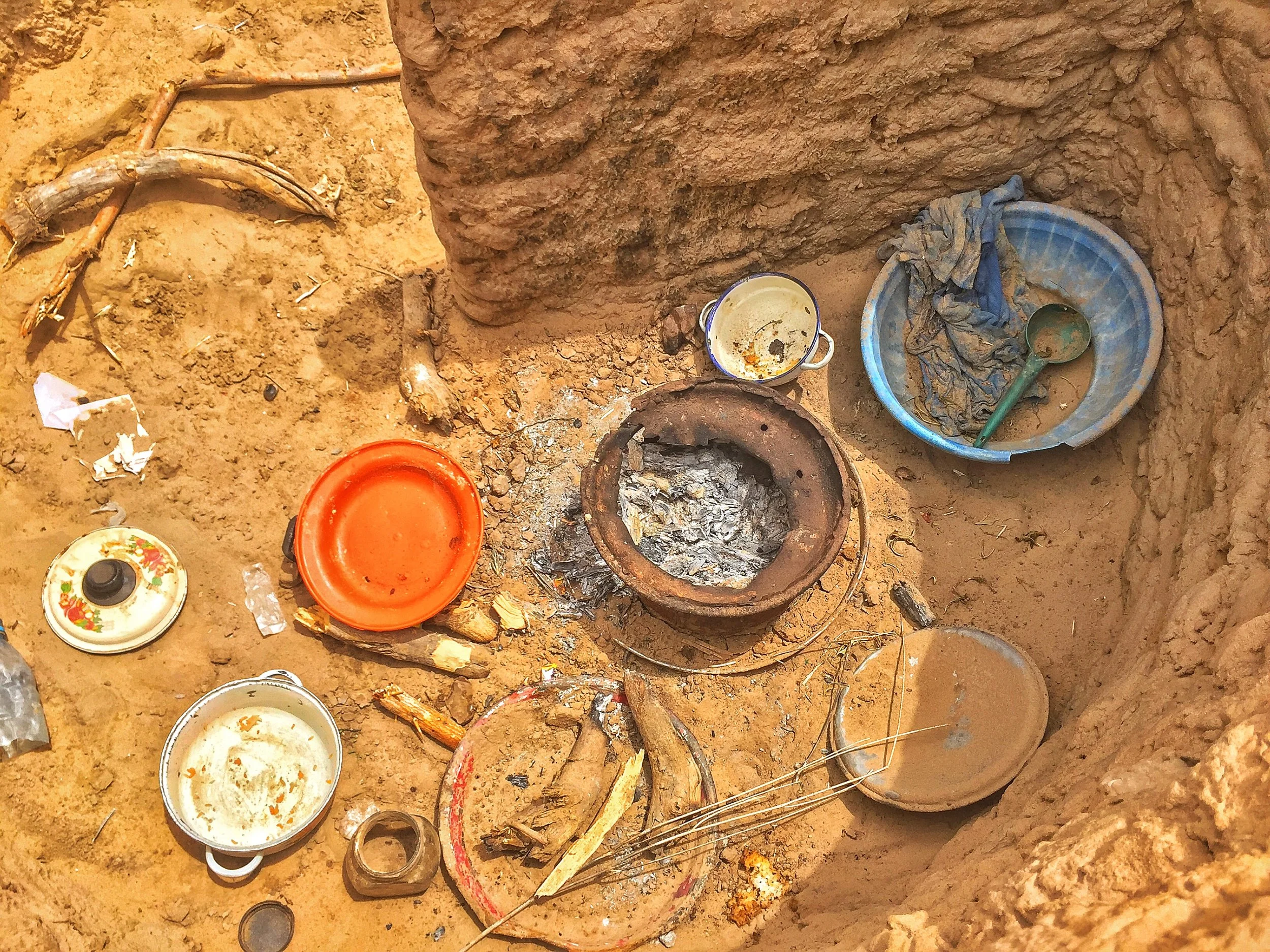an interview with the UN’s Christophe Hodder
Seeing the growing humanitarian and displacement crisis in Somalia and the Horn of Africa, in May, we spoke with Christophe Hodder, the United Nation’s first climate security and environmental adviser to Somalia.
Somalia is in the depths of yet another famine. The AP is reporting at least 448 people have died from malnutrition alone. But the number of deaths are likely far more, especially in rural communities and en route in search of help.
According to the UN humanitarian coordinator for Somalia, “definitely thousands” have died.
Some are dying even after reaching displacement camps because it’s just too late to save them from the advanced malnourishment.
UNICEF says sustained focus on Ukraine has led to overlooking the crisis in the Horn of Africa, warning grimly of an “explosion of child deaths” if the world doesn’t act now. In 2011, more than a quarter of a million people died because of drought and famine, and humanitarians are warning now is the time to act to avert yet another tragedy of epic proportions.
Somalia has suffered countless losses from conflict, climate and systemic injustice for decades, and it need not be this way. These aren’t just numbers, these are human beings feeling the converging impacts of climate change, crippling poverty, decades of conflict and violence and instability.
Although Somalia’s total global carbon emissions are 0.00%, much of this death and displacement is climate-driven. For the first time ever, a fifth straight rainy season might fail in Somalia. The worst drought in 40 years has left millions at risk of starvation, forced to migrate and at heightened risk to exploitation by smugglers.
With this in mind, last month, we spoke to Chris at length about the many social, environmental, economic and political issues Somalia is facing right now, and the complex mix of drivers behind Somali displacement, which has now forced over 3 million people from their homes.
With Somalis displaced both internally to Mogadishu and throughout the country, as well as across borders to Yemen, Ethiopia, Kenya and more, I asked Chris,
What are Somalis saying are driving them to flee?
Although it is complicated, astonishingly, Chris says,
“more and more, displaced populations are saying that climate change is the primary driver of displacement.”
Have a listen to part of our conversation in the closed-captioned clip below:
To make matters worse, almost all of Somalia’s wheat comes from Russia or Ukraine. The UN’s 2022 Humanitarian Response Plan is less than five percent funded, according to the Norwegian Refugee Council.
Even those in displacement camps in Mogadishu are hard-hit, now facing a looming famine. Aid workers at Action Against Hunger report of overwhelmed treatment centers, with admissions doubling in May of mothers and children suffering the effects of malnourishment. The group is seeing the highest admission rates to its hunger treatment centers since beginning work in Somalia in 1992, with severely malnourished children up 55% from last year.
Just since the end of last year, 745,000 Somalis have been displaced by drought alone, with four million people drought-affected, and six million people dependent on humanitarian aid. Over half a million of those displaced are just this year alone.
Here Chris explains that again, although the forces driving displacement are multi-faceted and complex in nature, nonetheless, in 2020, over 75 percent of all new displacements were climate-driven.
Here’s Chris explaining below:
Support urgently-needed lifesaving efforts in Somalia with Oxfam or Norwegian Refugee Council

